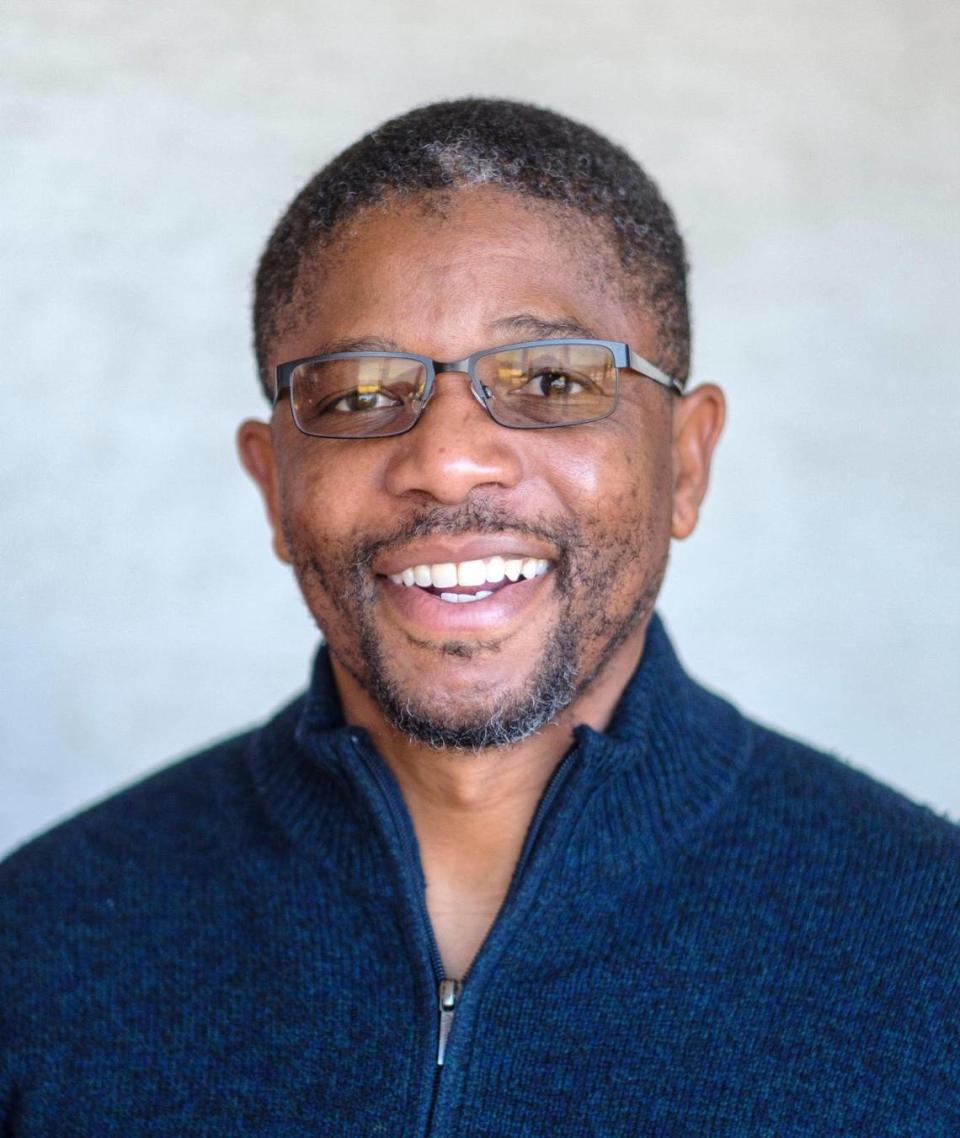Alabama execution: The evil part isn’t the new death penalty method | Opinion
Alabama murdered a man. His name was Kenneth Smith.
Much of the talk about Smith’s Jan. 25 execution concerned Alabama’s methods, which included placing a mask over his face and filling it with nitrogen gas. It was the first time that method was used. States have been looking for creative ways to murder people after ethical concerns raised by medical groups and activists made it difficult to obtain lethal injection drugs.

Witnesses to Smith’s murder described it as torture, which is supposedly illegal in the United States. “This was the fifth execution that I’ve witnessed in Alabama, and I have never seen such a violent reaction to an execution,” Lee Hedgepeth, a reporter who witnessed the murder, told The New York Times.
The evil isn’t in the method; it’s in the routine bloodlust most of us have unquestioningly accepted.
I call it murder because it is murder if words have meaning. Alabama didn’t kill Smith in defense of someone, didn’t kill Smith accidentally, didn’t kill him because his death would prevent future killings. The research is clear. The death penalty doesn’t make us safer, doesn’t reduce the likelihood of crime in our neighborhoods or schools.
Smith was in prison because a jury said it was beyond a reasonable doubt he was involved in a 1988 murder. He was on death row because a judge overruled the jury’s life sentence recommendation — something a judge couldn’t do today.
He’s dead because Alabama pre-planned Smith’s killing over the course of years. The nitrogen mask was its second attempt after the first failed.
They murdered Smith to teach the rest of us not to murder. Or something.
I didn’t see the beginning of Smith’s journey through our criminal system. I have, though, seen how we get from what’s been sold as an ethical process whose goal is justice to state-sanctioned, state-sponsored, state-implemented murder.
This is how we commit murder: First, we make lighthearted comments to break the ice. At least that’s what I overheard in an S.C. courtroom before the death penalty trial of a young man I had mentored.
“I’m Renee. Thank ya’ll for coming to my party,” a white-haired woman in a red jacket joked while the jury pool was being whittled down before Jerome Jenkins trial — a trial that could send a young man to death row in South Carolina.
Everyone laughed, including the judge.
I was in the courtroom because I was one of the people who had mentored Jenkins and tried desperately to get him to veer from what we knew was a dangerous path. We failed.
Then, we ask if anyone’s faith would prevent them from voting to put someone to death after all evidence had been examined during a trial. Those who say yes, we send them home.
Then we ask prosecutors and defense attorneys to question potential jurors about their background, revealing some in the pool of candidates are construction workers; and retired sales managers; and single-parent disabled veterans; and nurses married to podiatrists; and teachers married to retired cops; and Santee Cooper employees until we are left with a dozen jurors and a couple of alternates.
We assure none of them will be in the death chamber to smell death as life leaves a body. None of them will have to witness minutes-long writhing like Smith’s, or thousands of volts being sent through someone’s body in the electric chair. None will pull the trigger if it’s death by firing squad. Those tasks will be assigned to others years after the trial, men and women who won’t know the person they will help the state to murder, or the victims of their crimes.
That’s by design, makes it easier to pretend we know not what we do.
Issac Bailey is a Carolinas opinion writer for McClatchy.

